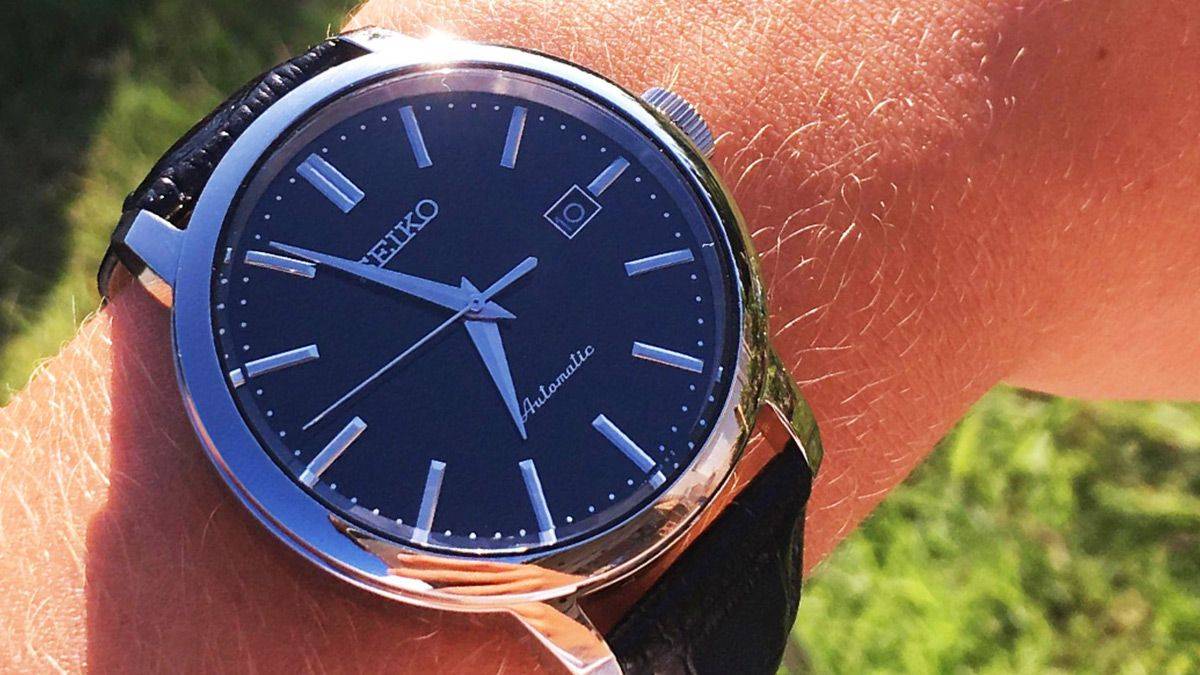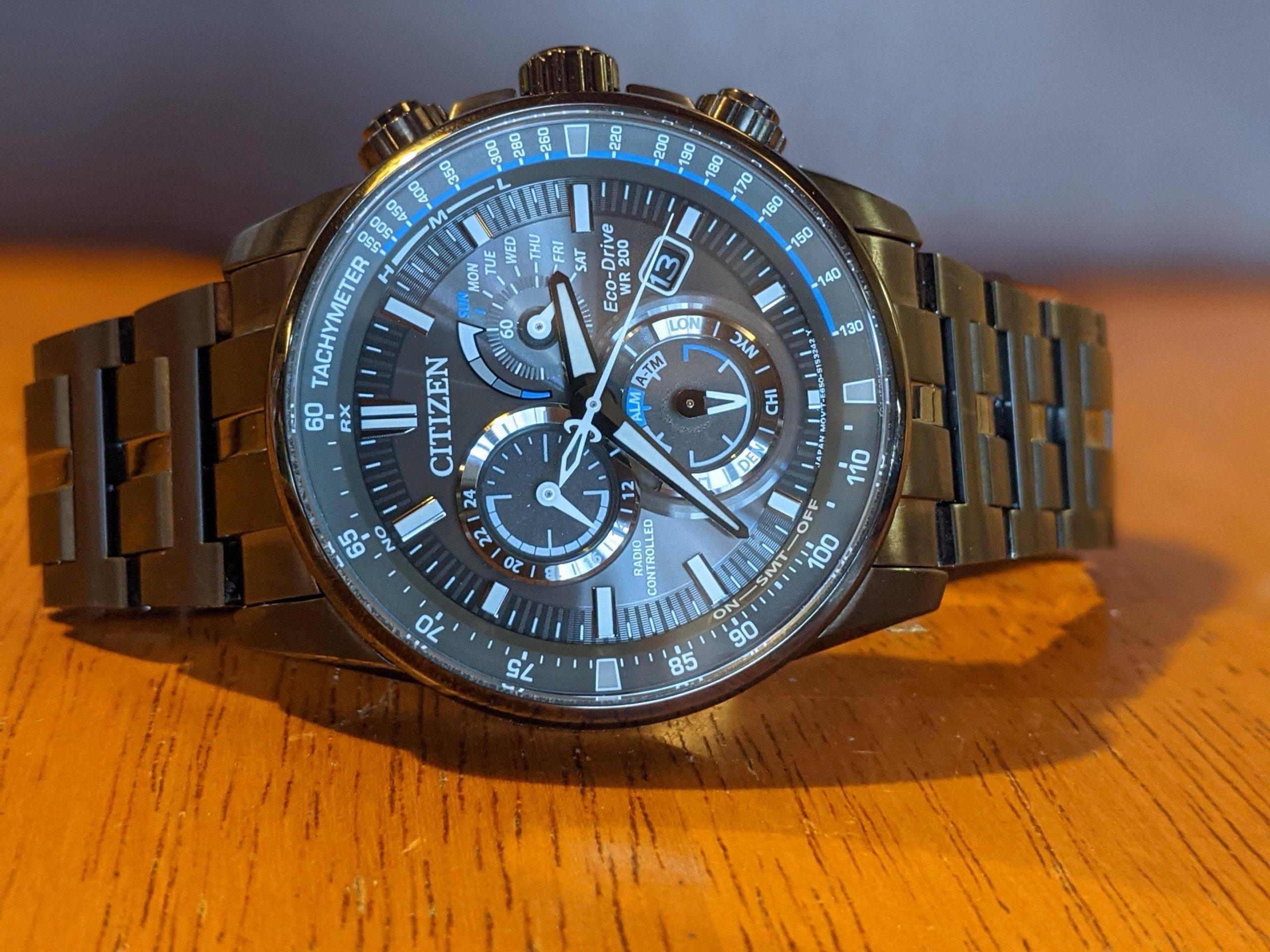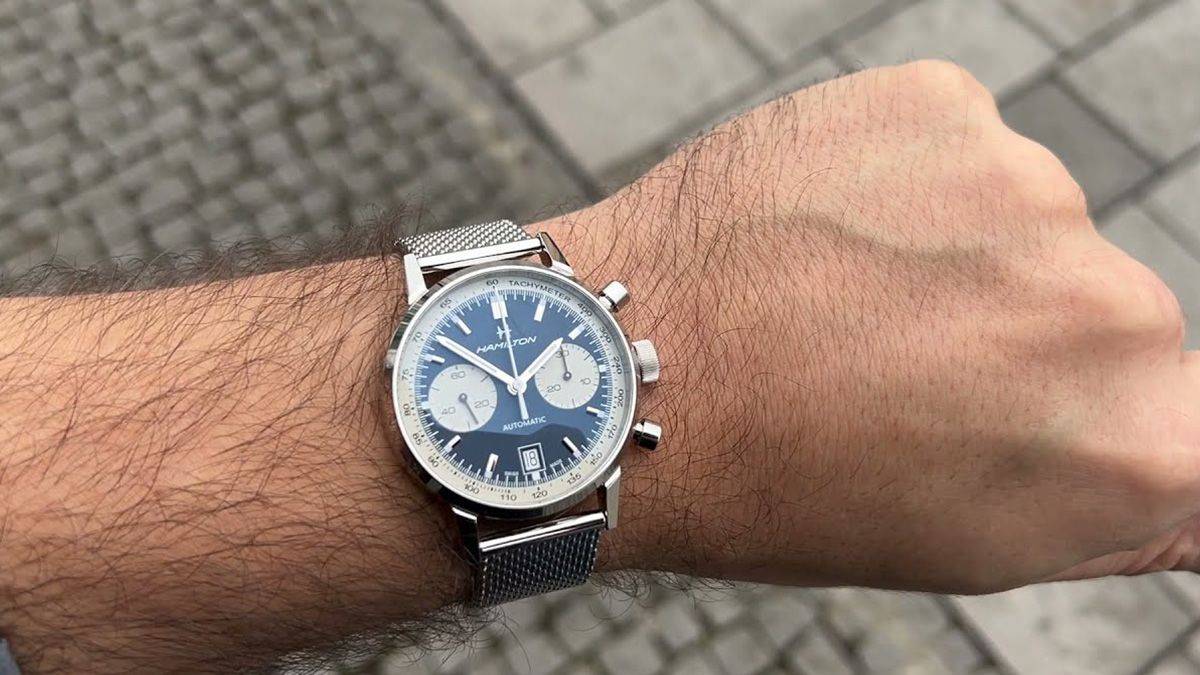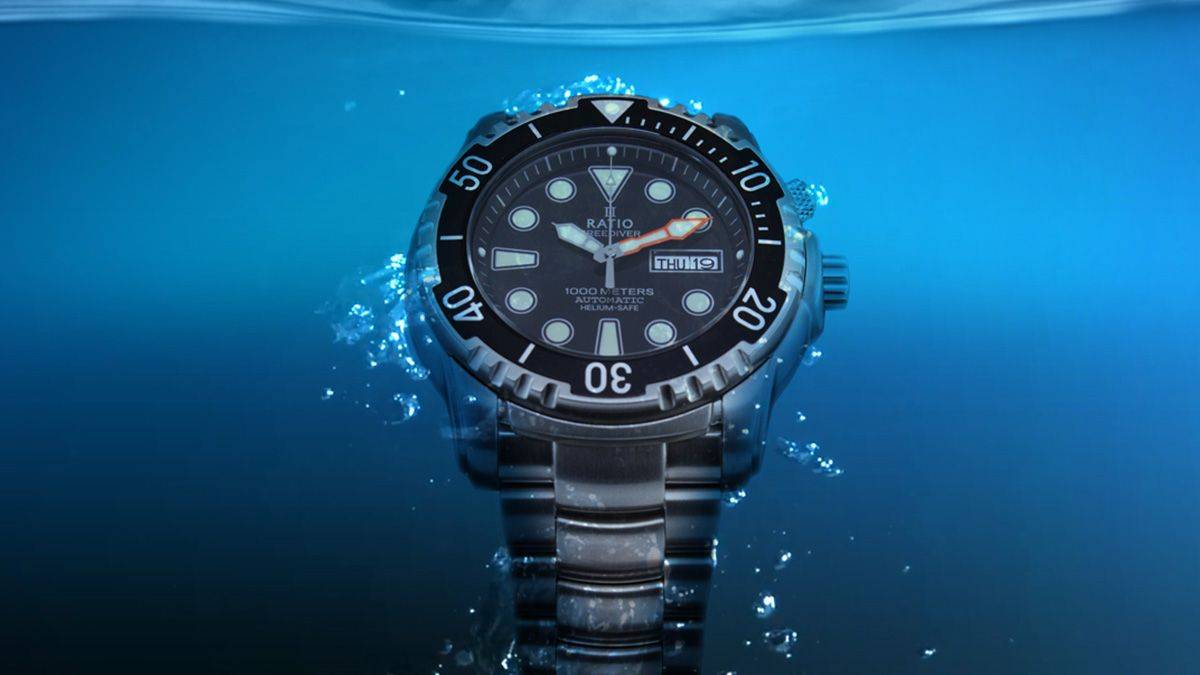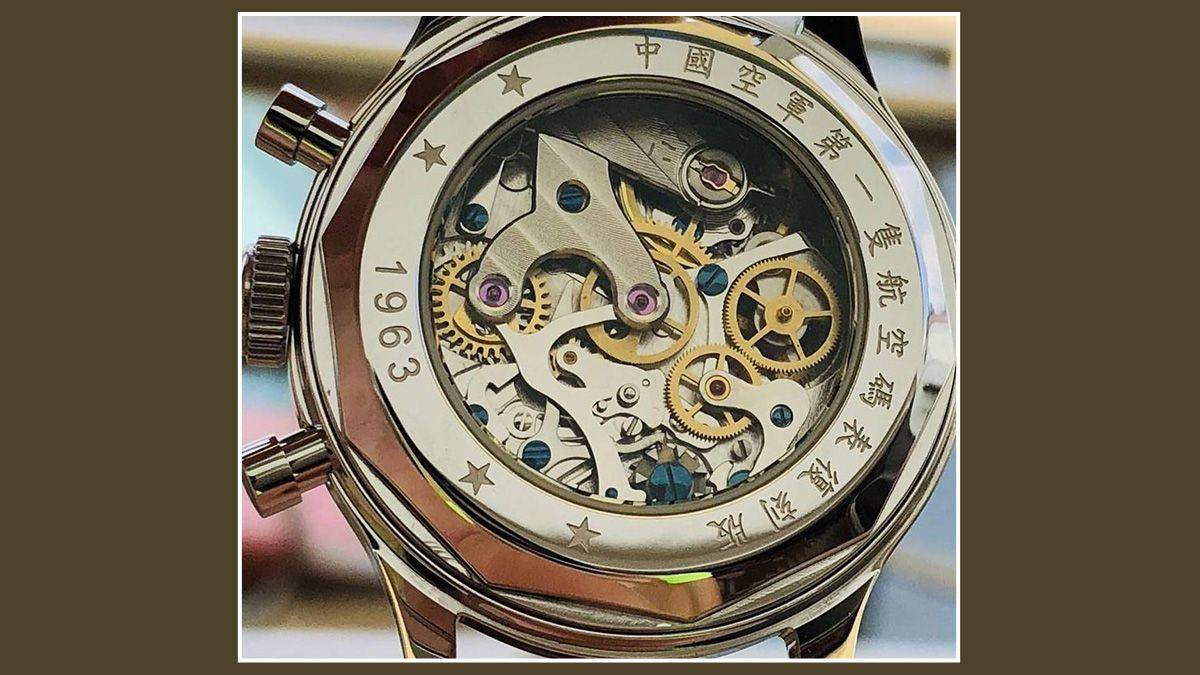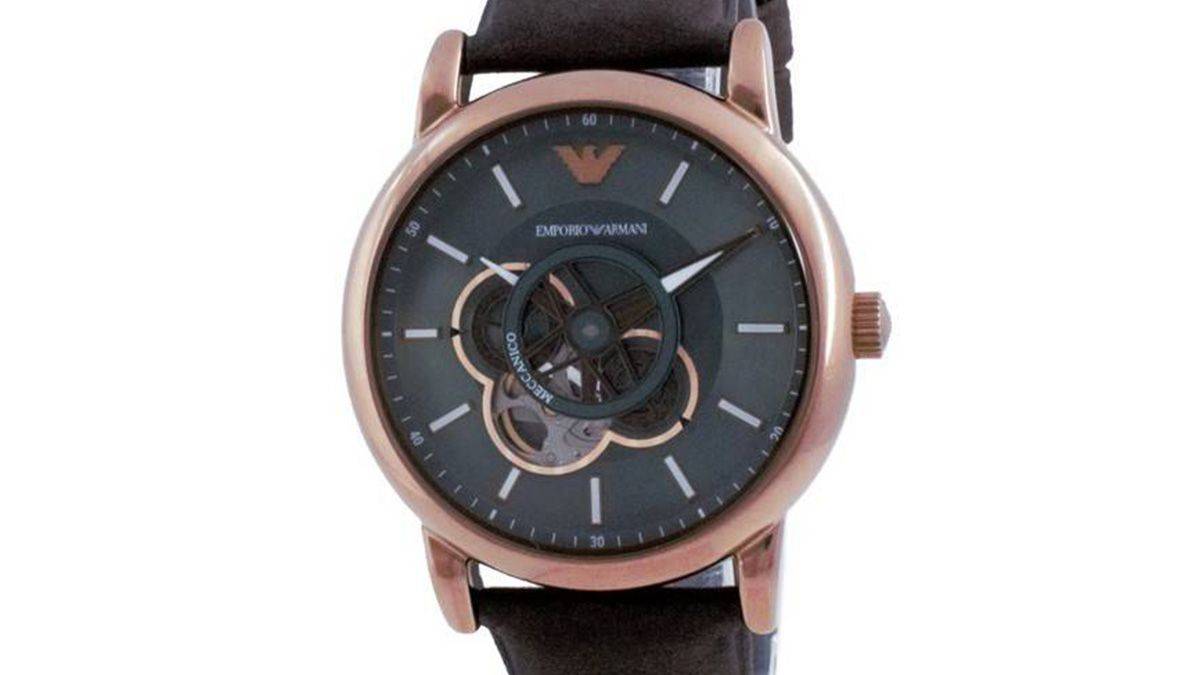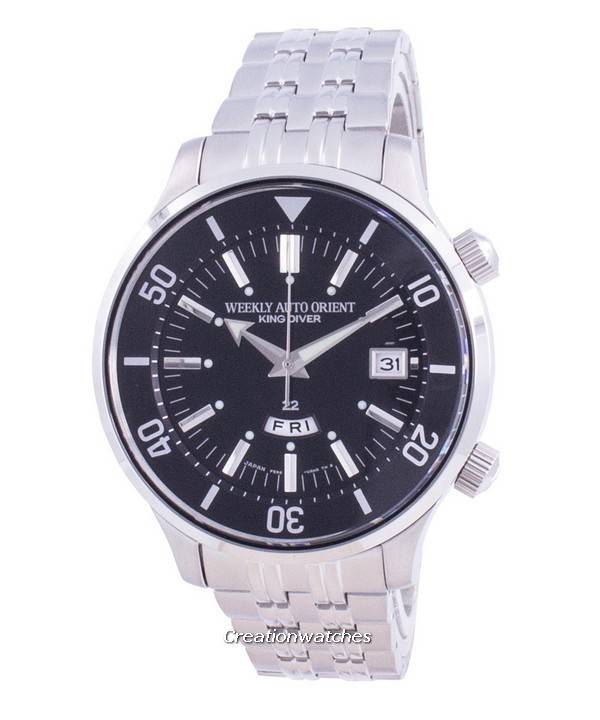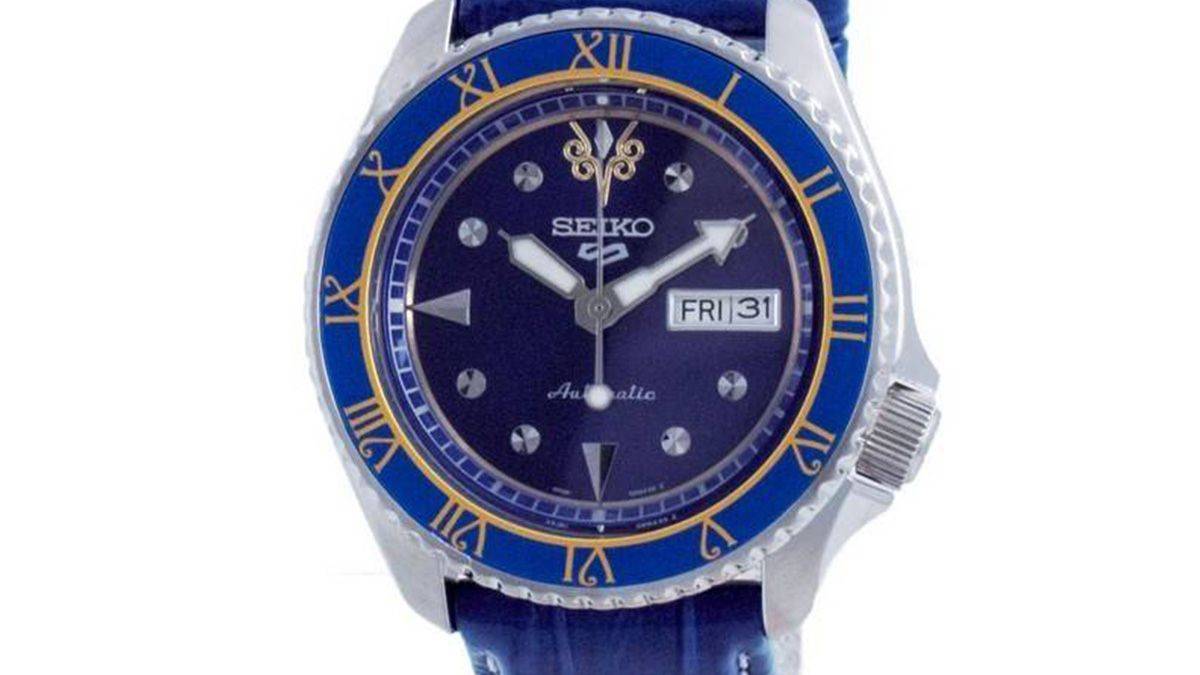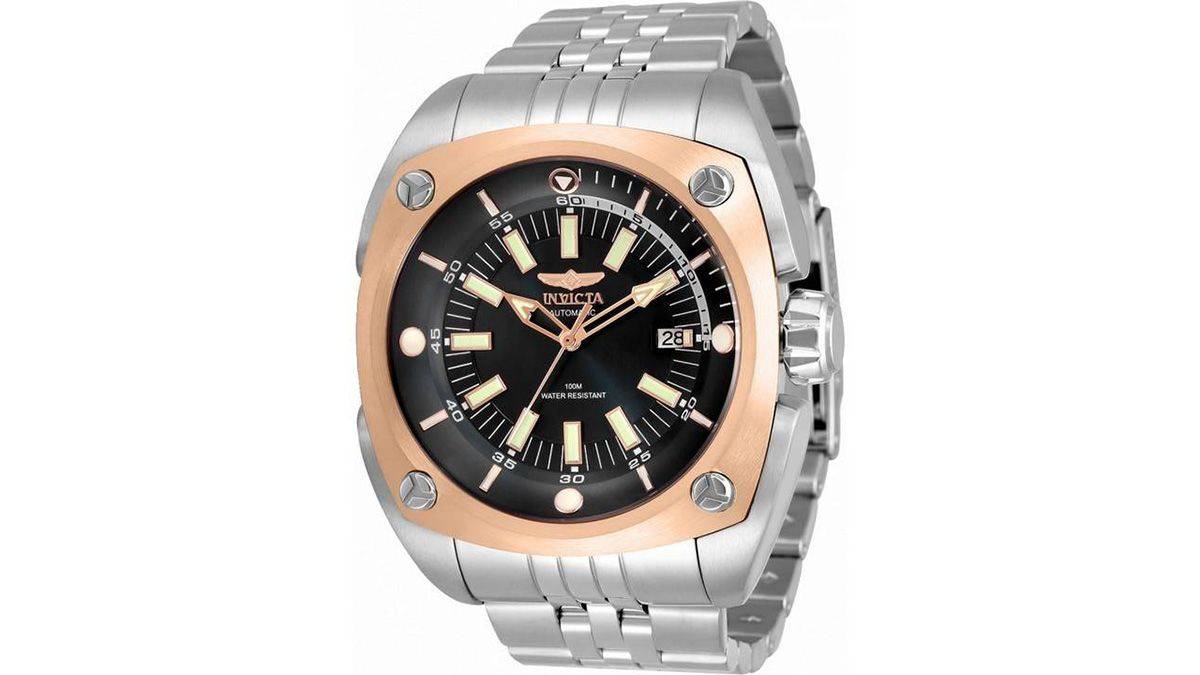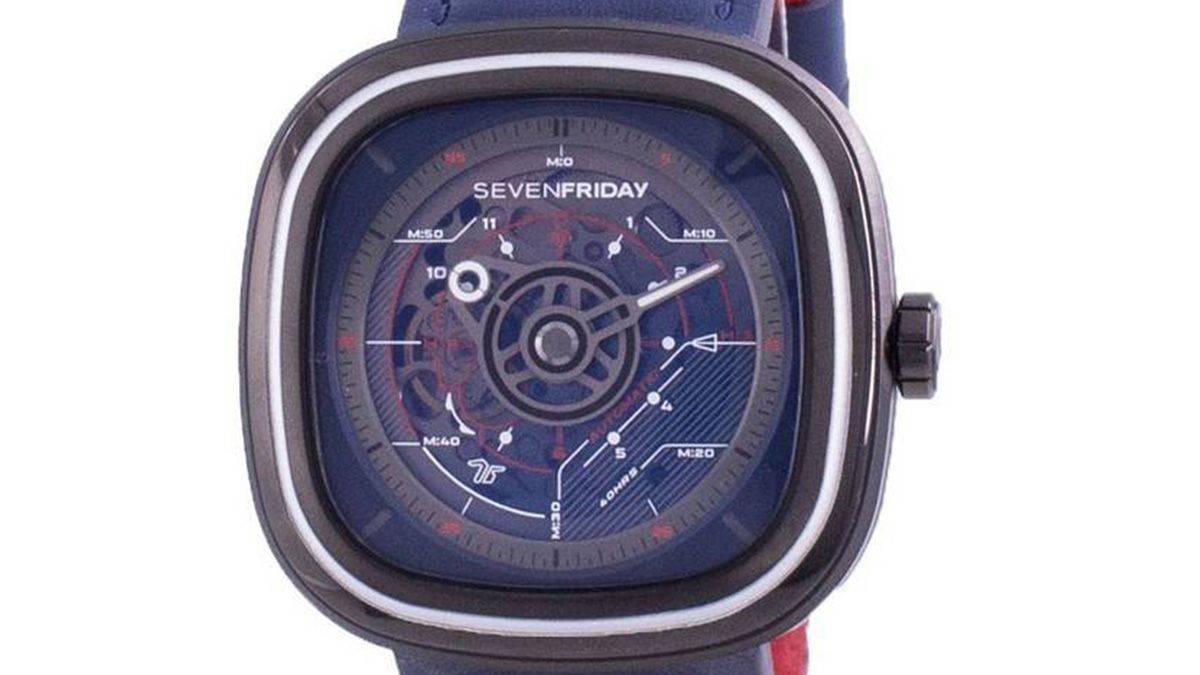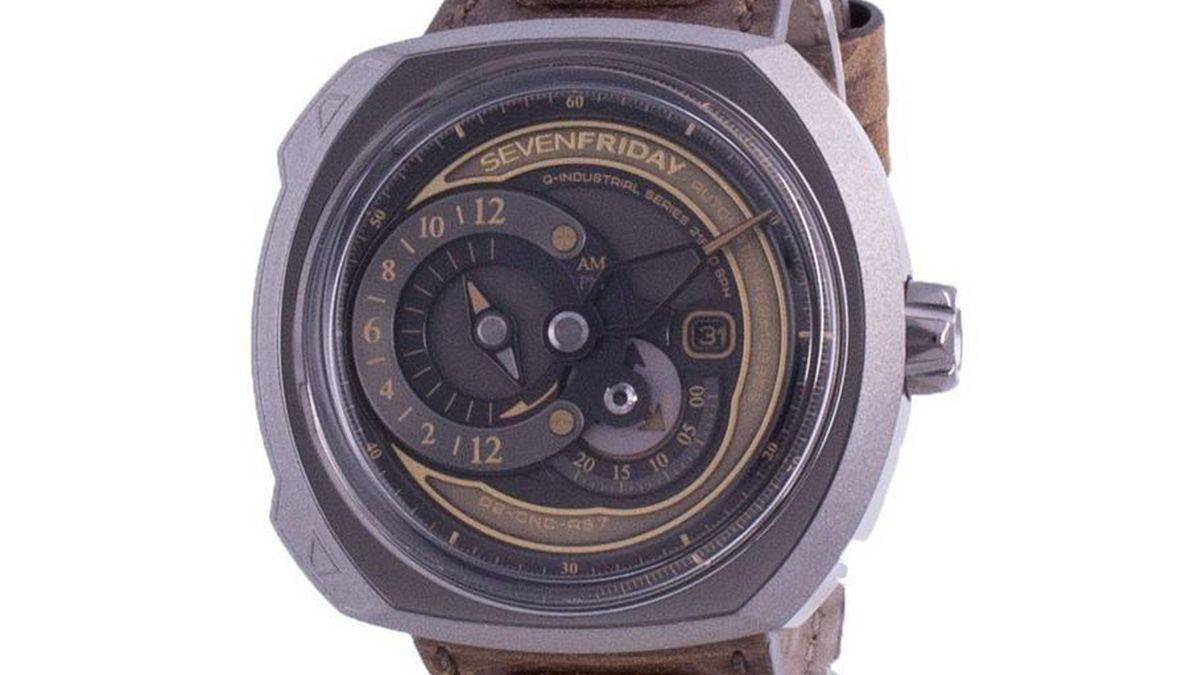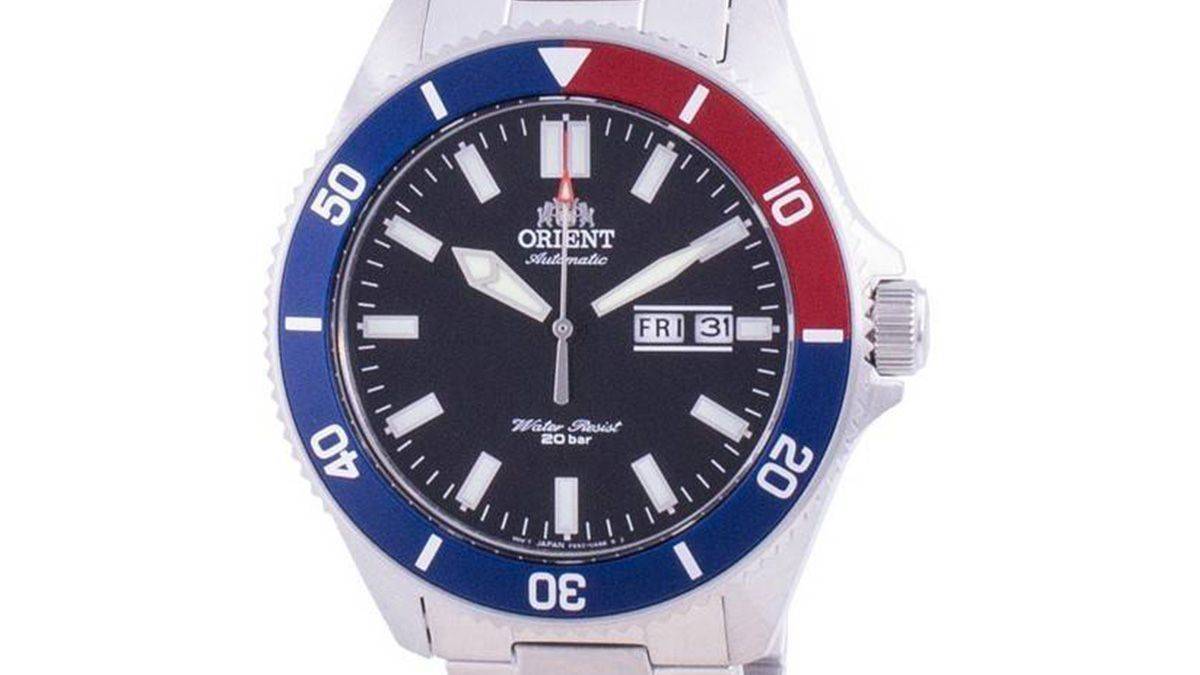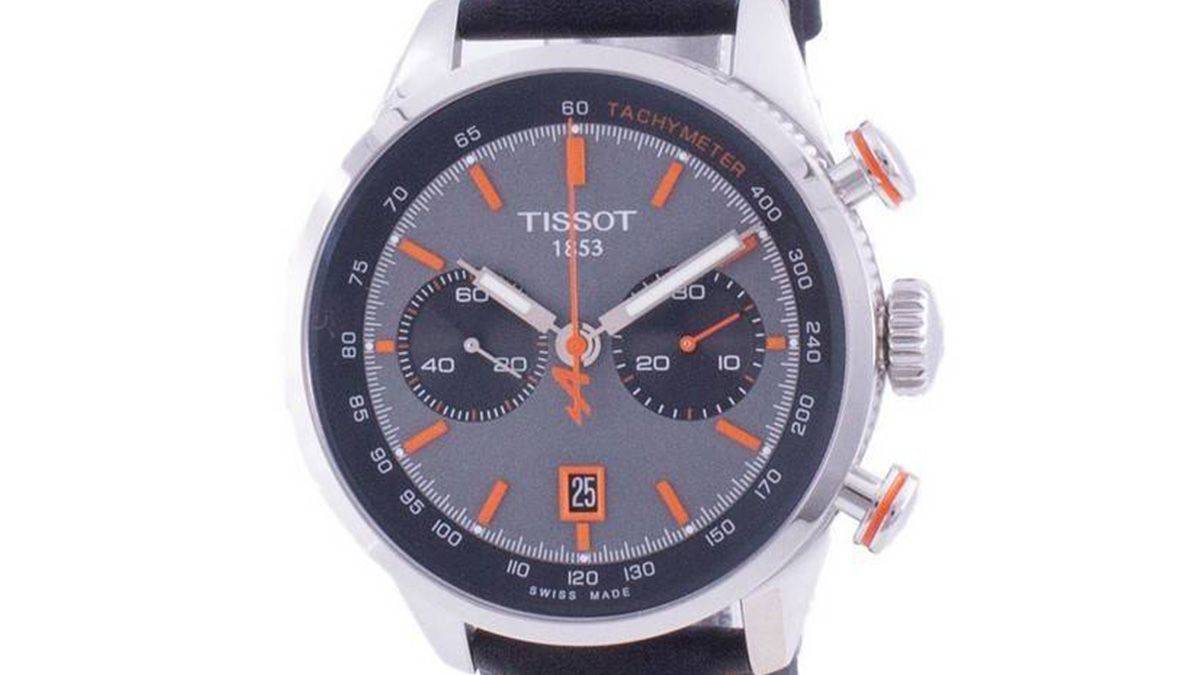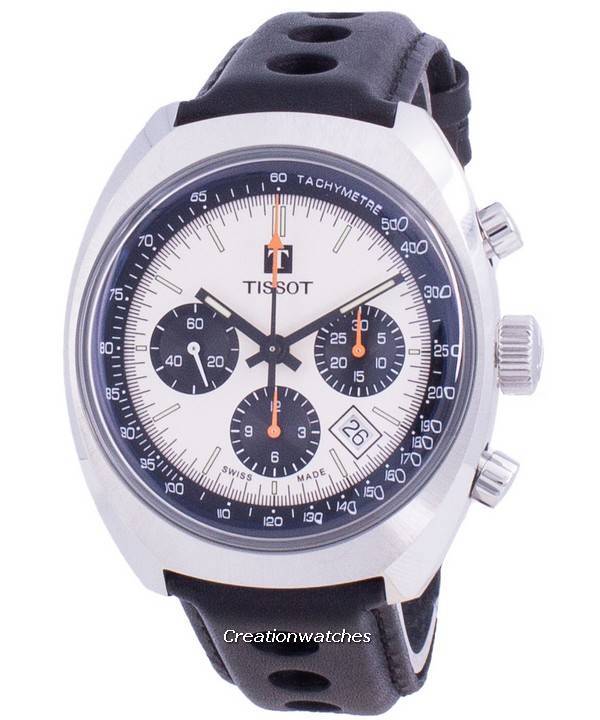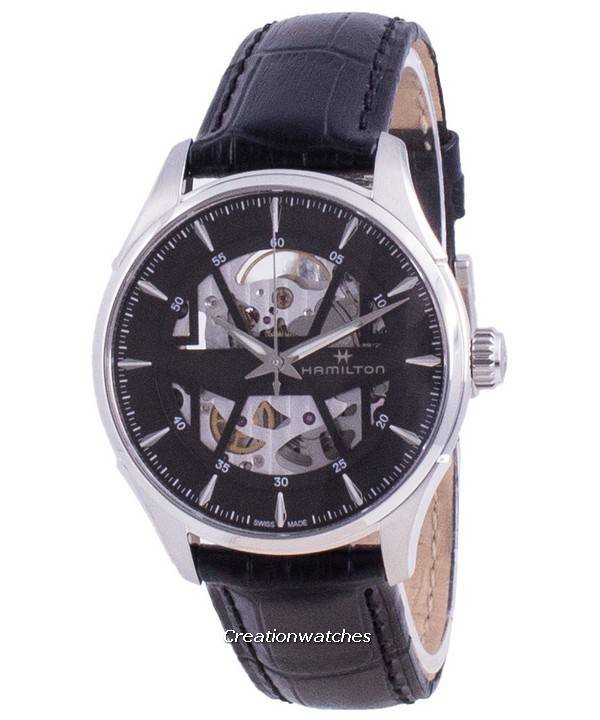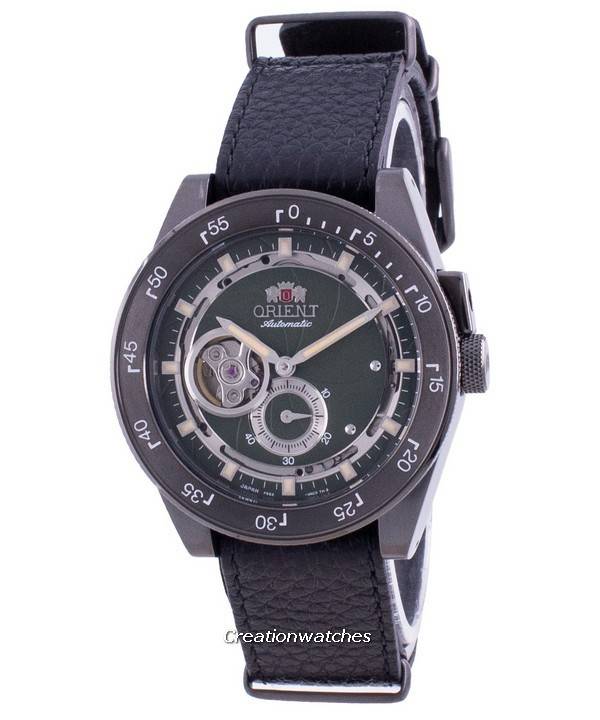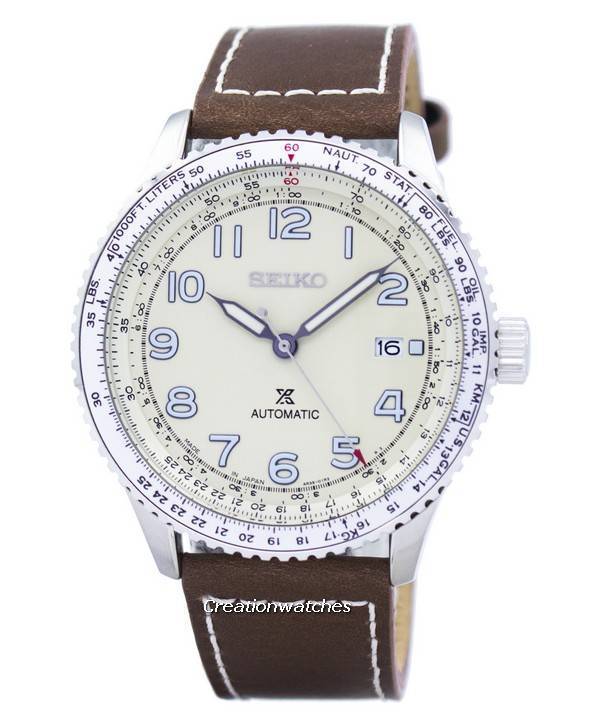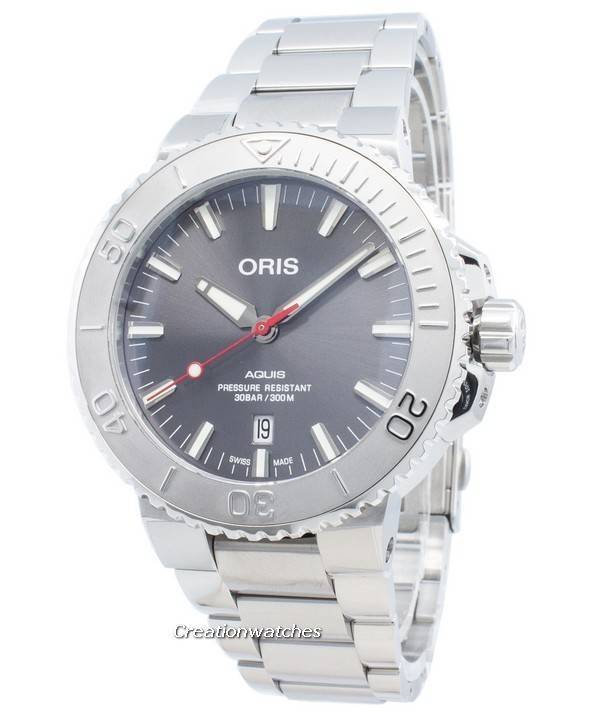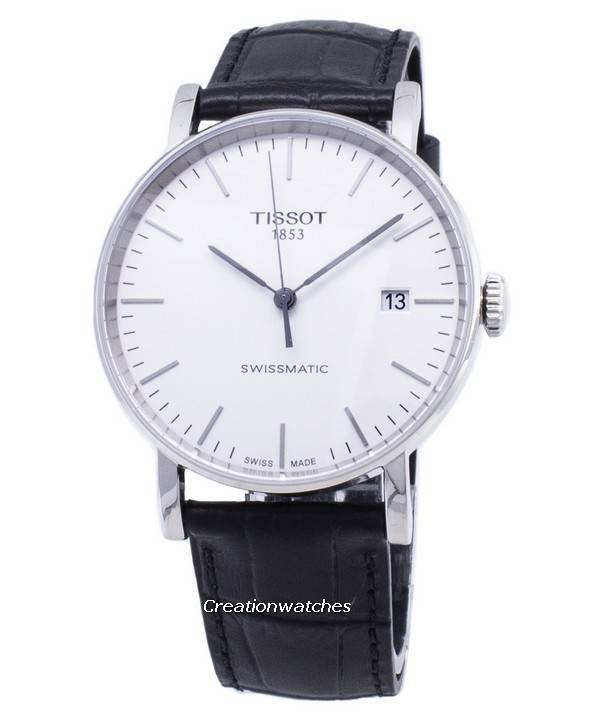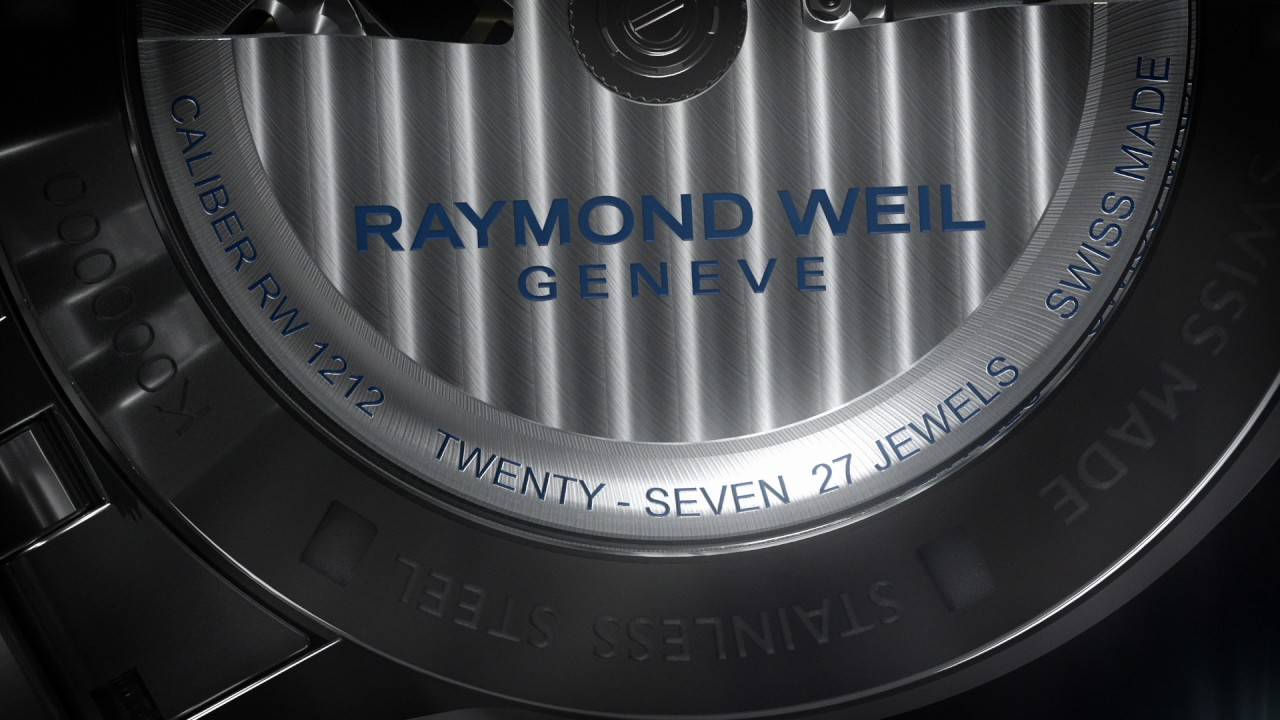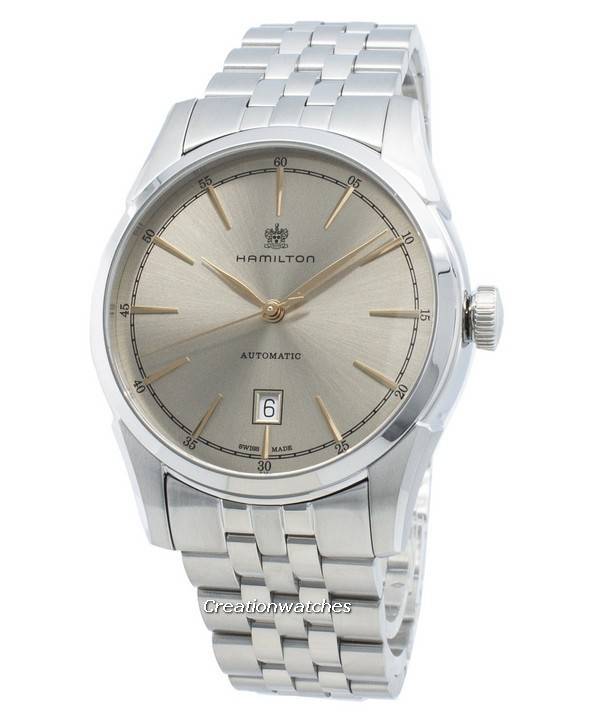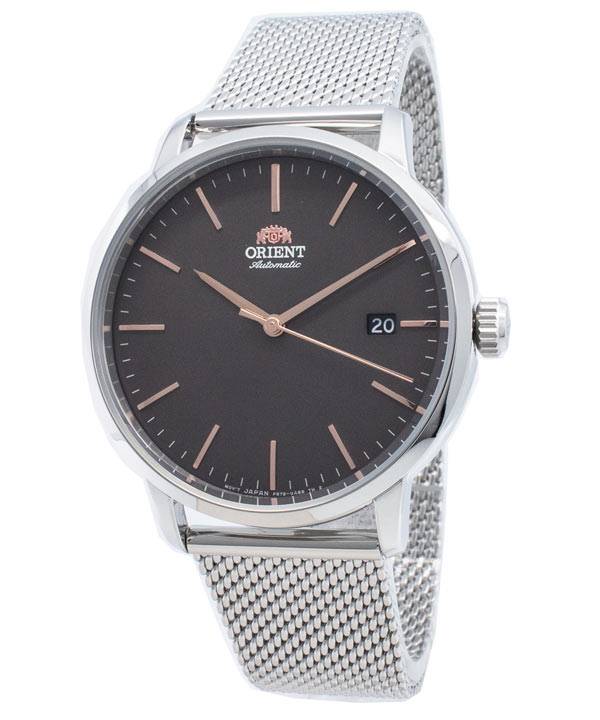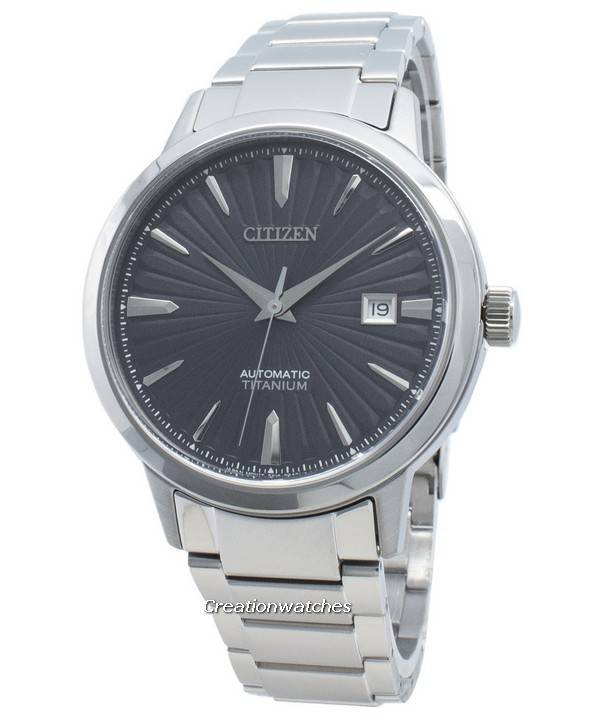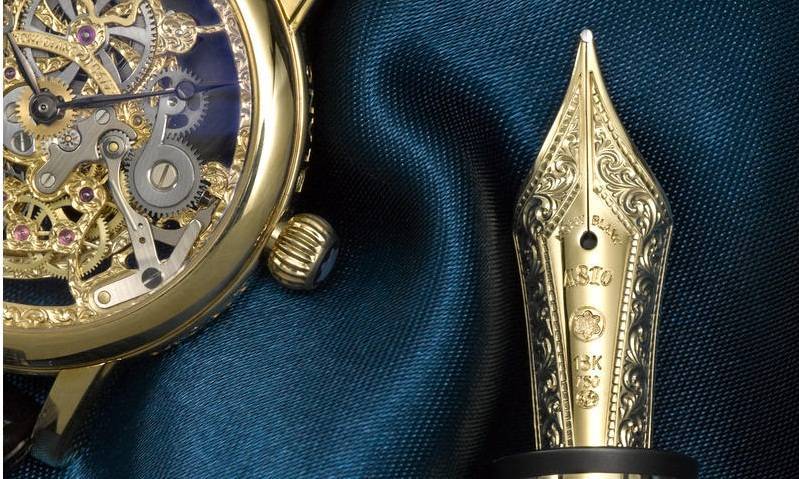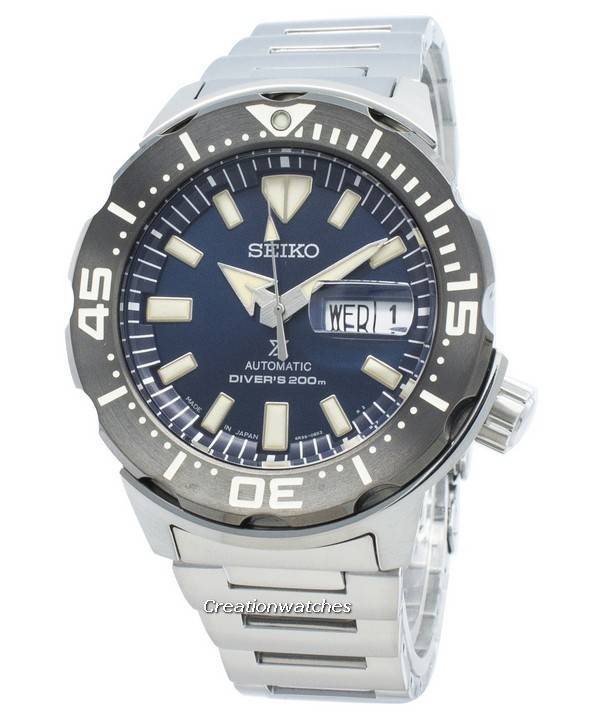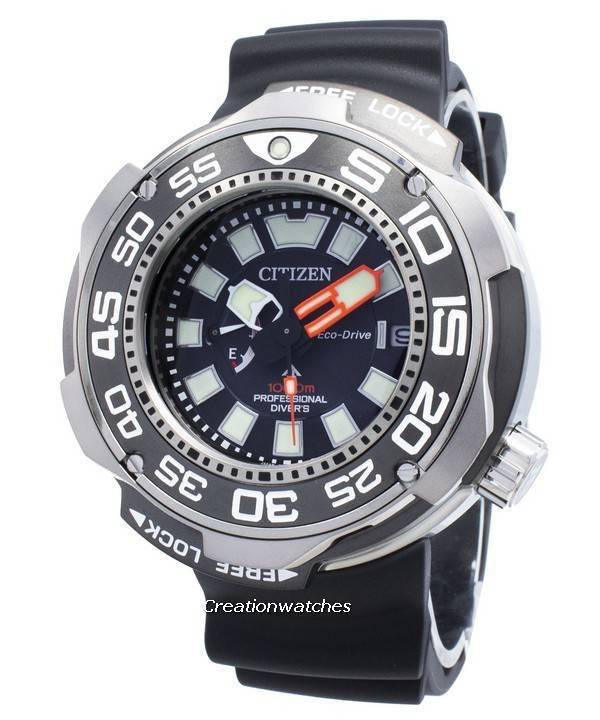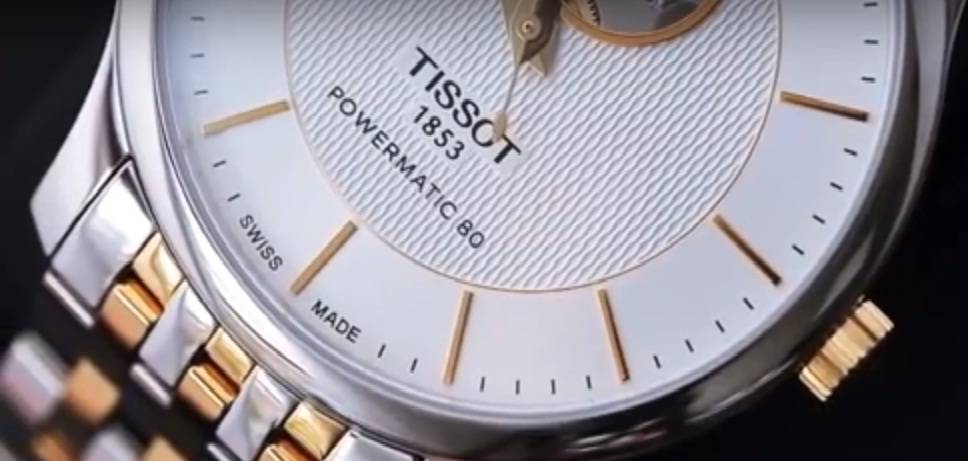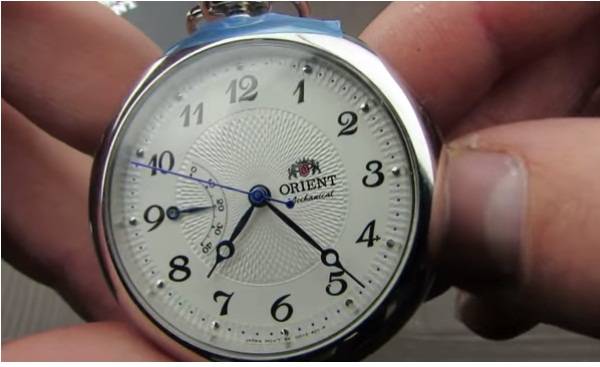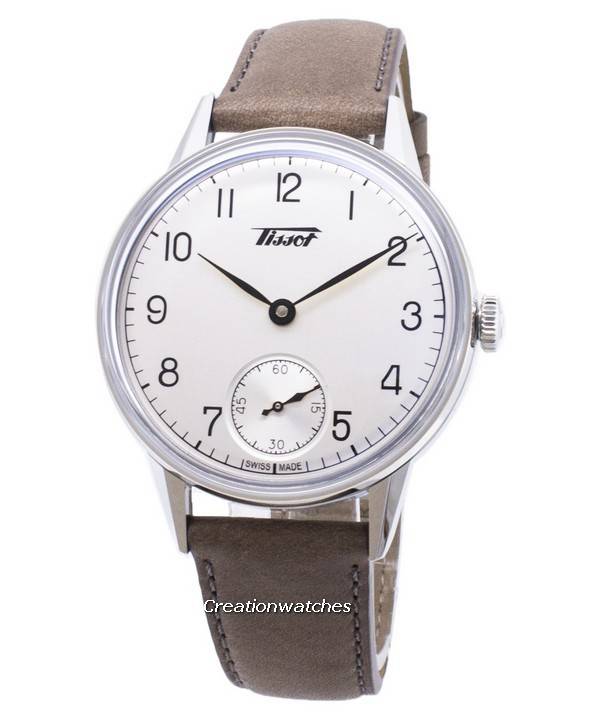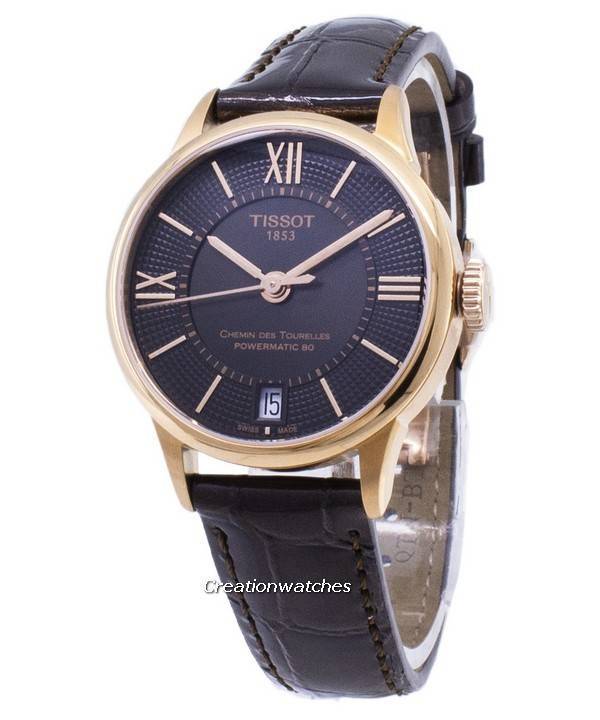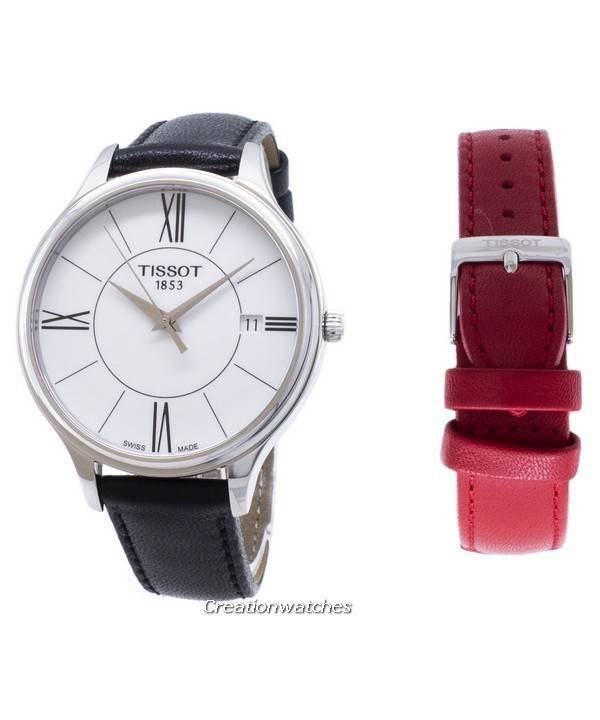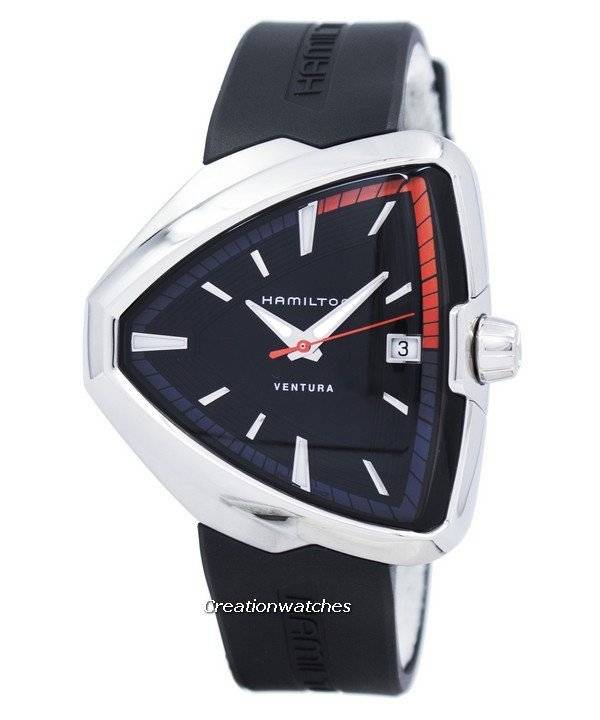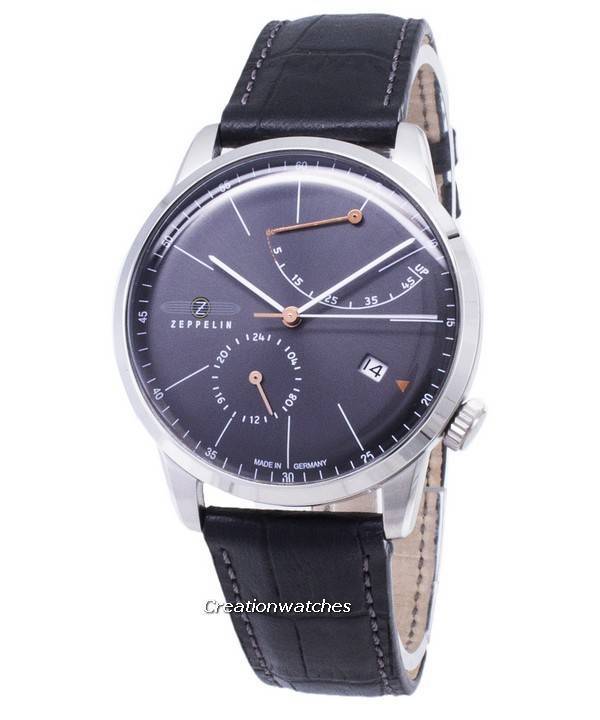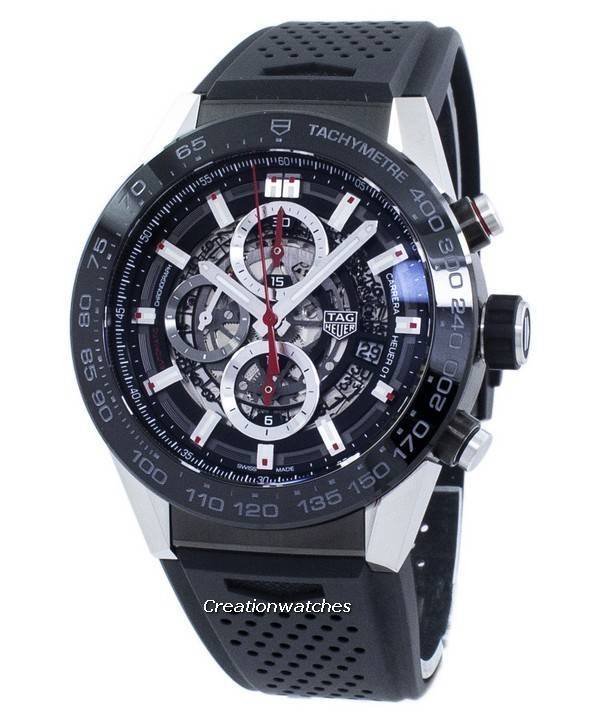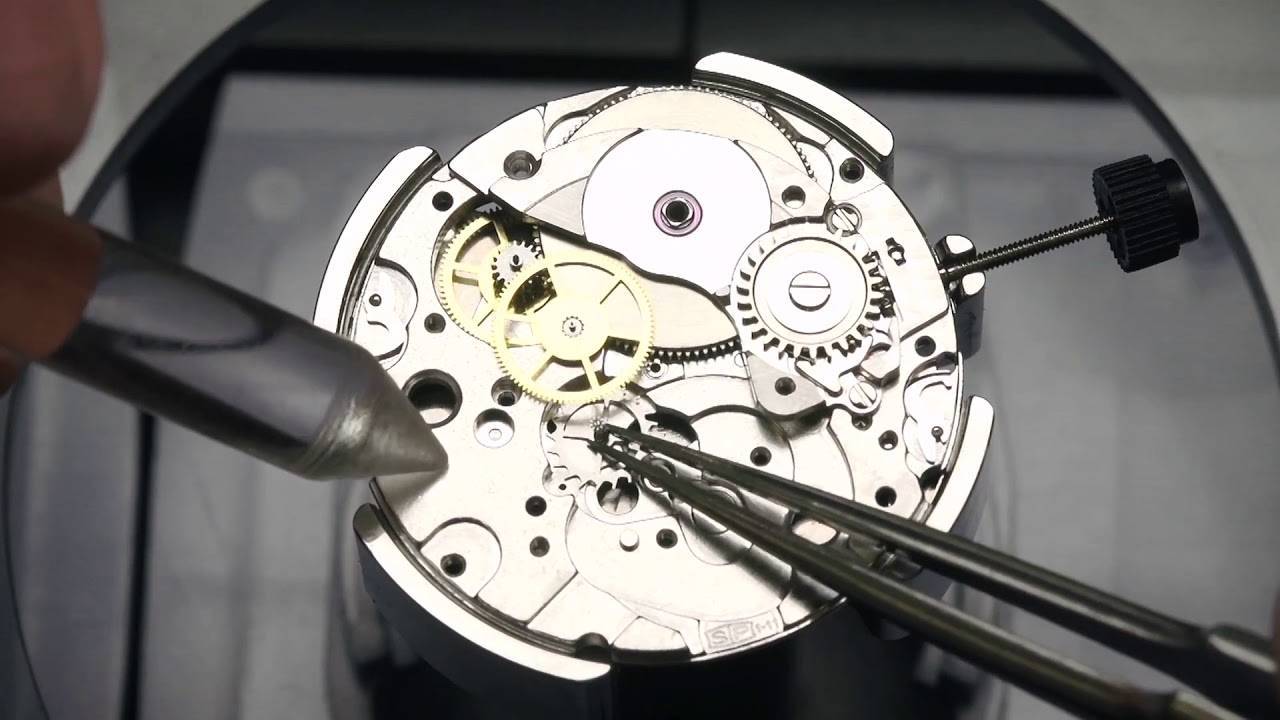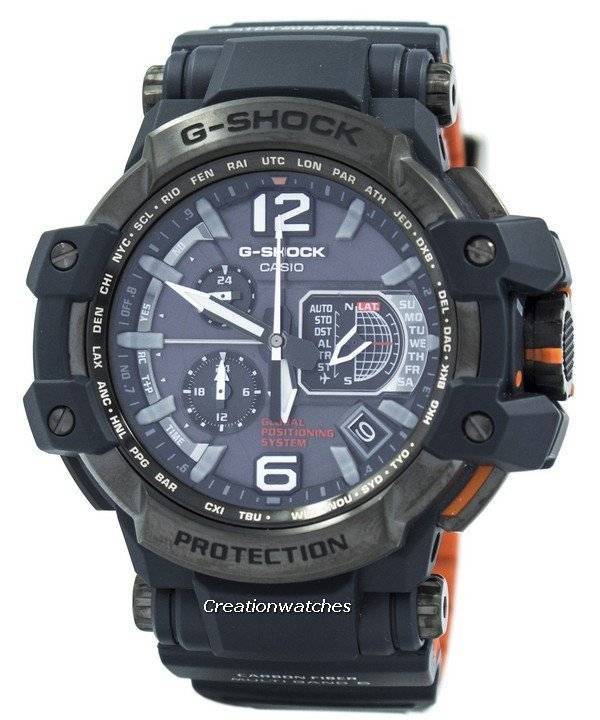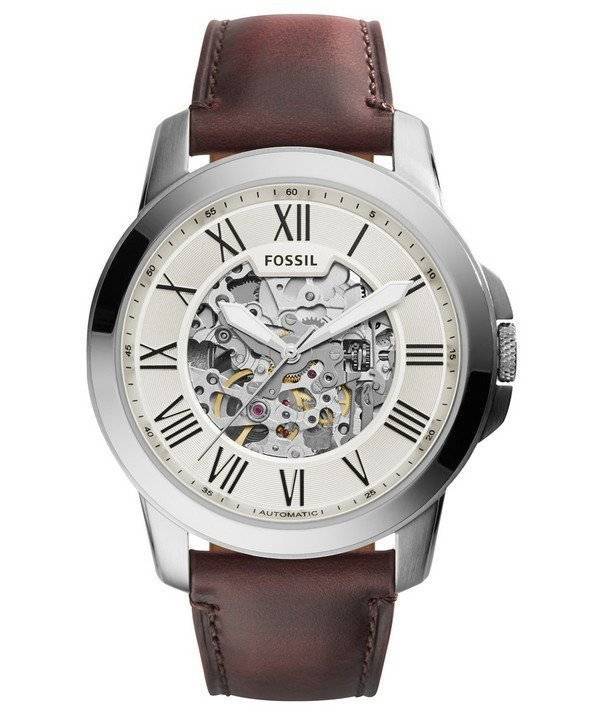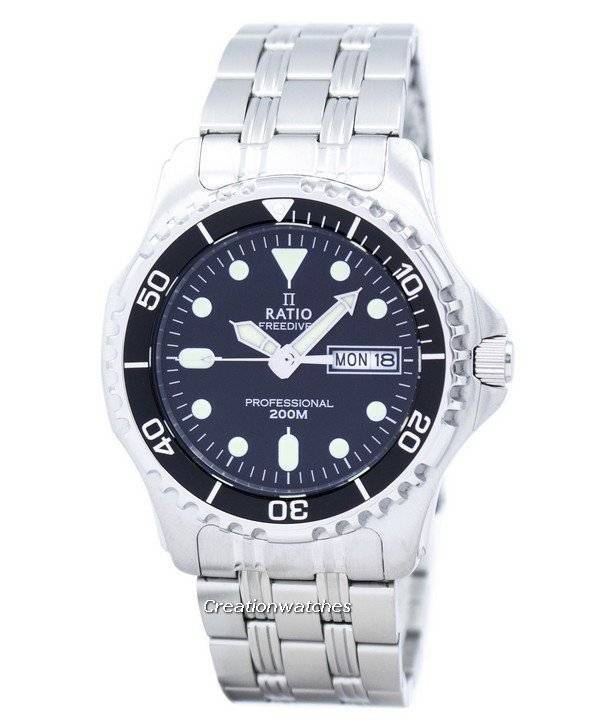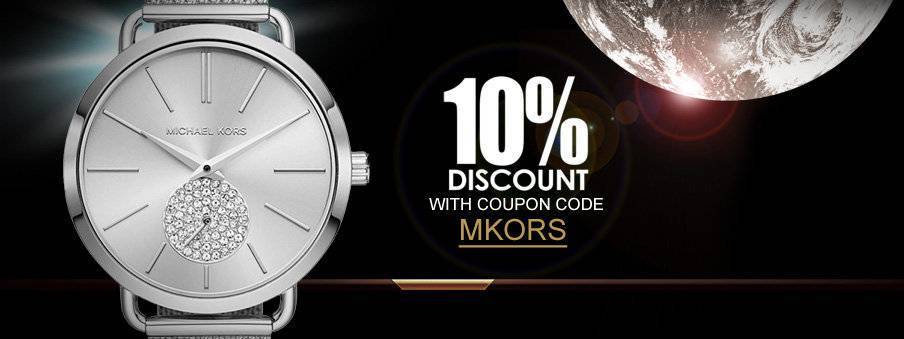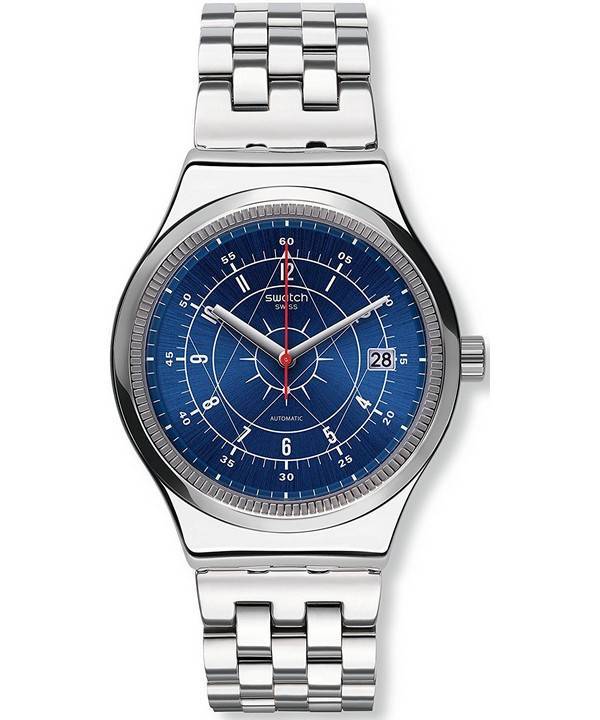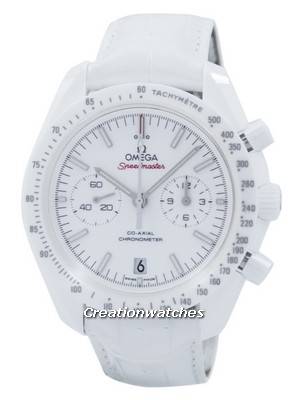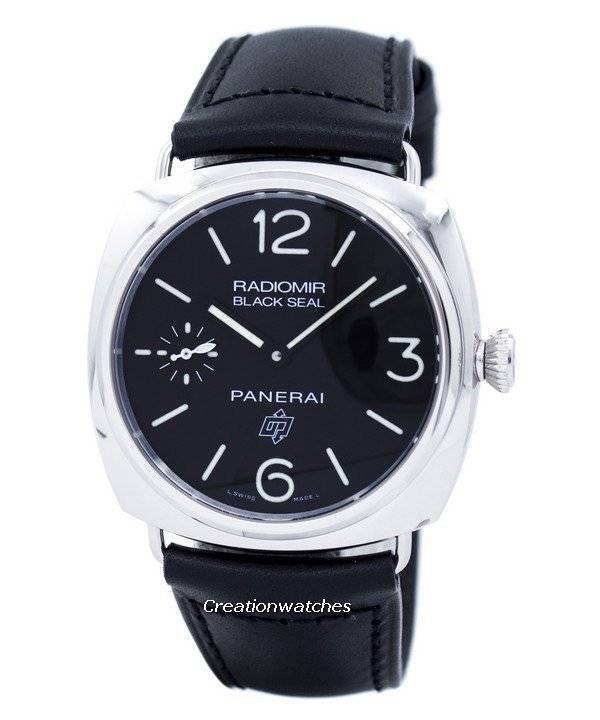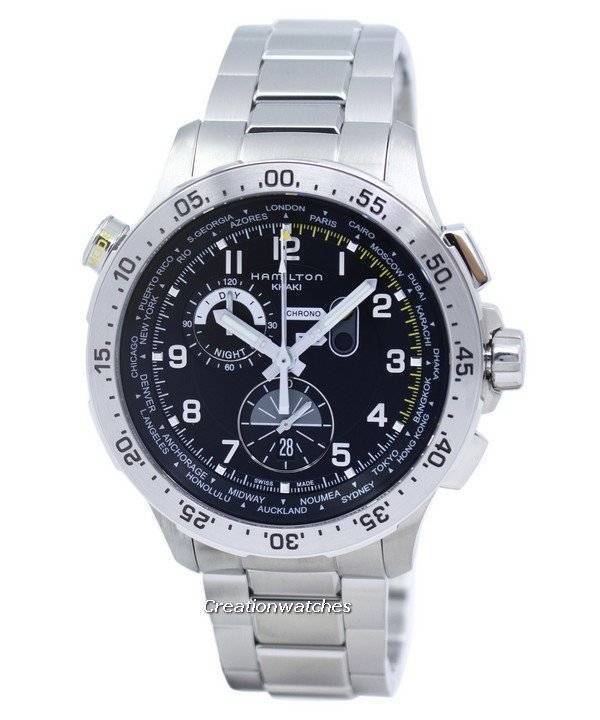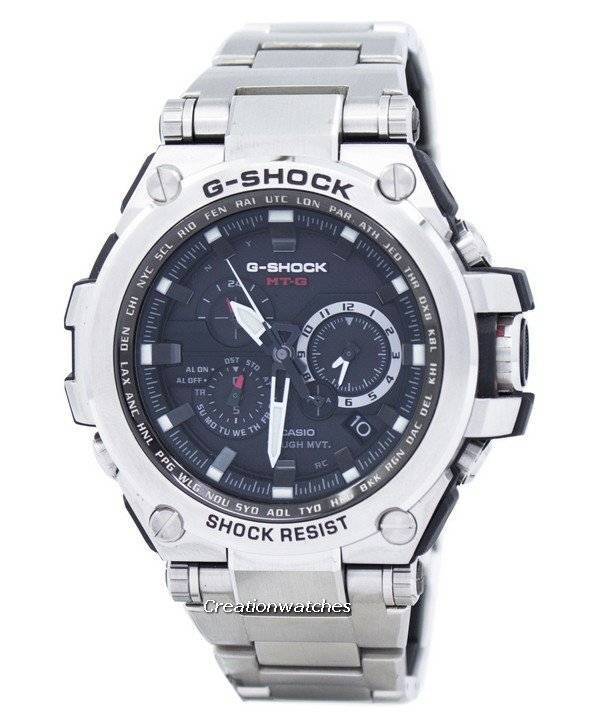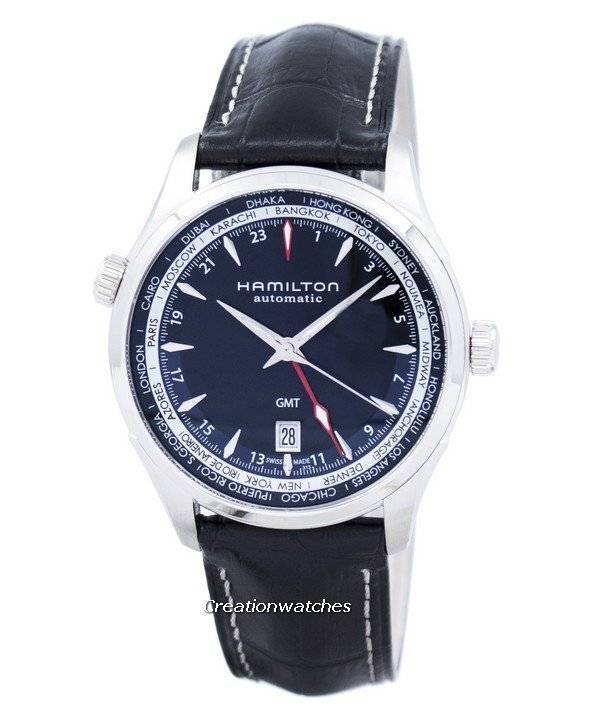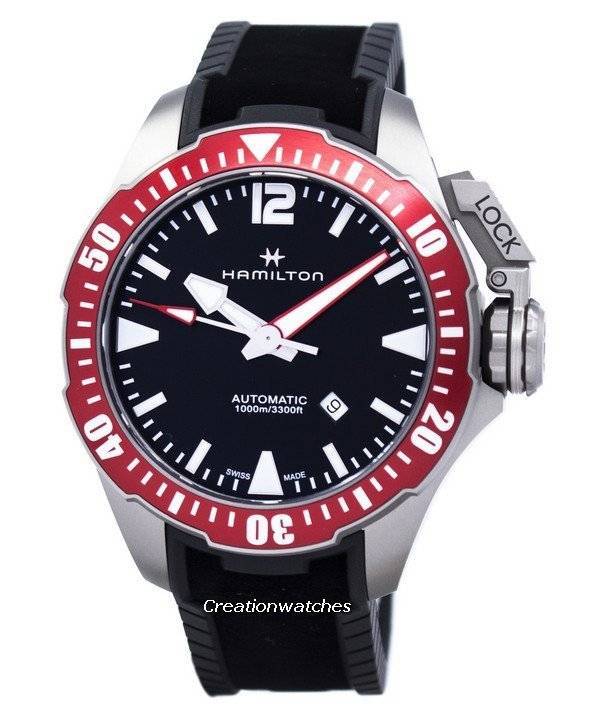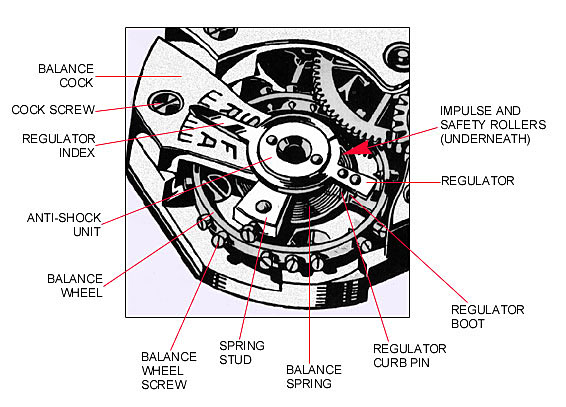 There are two basic reasons mechanical watches never quite caught my fancy and one among them is invariably, the price. Okay, you might argue why I’m saying this when Creationwatches is there to lighten the hefty loads, but I’m more a tech-lover who buys more features for that kind of money. It won’t astonish me if you end up thinking me a quantity above quality kinda person; you are free to think so, for it is MY money and I know what I want. Being a snob isn’t my cuppa and my daily job needs more than just reading the time and date. And well, it’s a flight of fancy too; every watch collector has their own.
There are two basic reasons mechanical watches never quite caught my fancy and one among them is invariably, the price. Okay, you might argue why I’m saying this when Creationwatches is there to lighten the hefty loads, but I’m more a tech-lover who buys more features for that kind of money. It won’t astonish me if you end up thinking me a quantity above quality kinda person; you are free to think so, for it is MY money and I know what I want. Being a snob isn’t my cuppa and my daily job needs more than just reading the time and date. And well, it’s a flight of fancy too; every watch collector has their own.
However, that’s beside the point; what freaked me out is when one of the two mechanicals I own started turning overzealous. It took me a couple of days harnessing it down to the normal pace (not without professional help, though) and since then it is running fine. I put down the following words in anticipation to benefit the horological fraternity, especially, the newcomers. But it doesn’t focus entirely on my type; what I put here is a generalized version that will give an overview on the subject.
For perfectionists who can’t stand their prized timepiece going even 30 seconds faster, get the balance wheel regulated. A little tech-talk here for new faces: By balance wheel, I mean the wheel oscillating against the hairspring of the timepiece and regulating its beat. Take it to the service station or a renowned watch repairer and you are done within 10 minutes.
For the typical ETA movements (e.g. ETA 2892), the regulator screw will have a V bracket around with (+) and (-) markings on two sides. It requires no explanation on which way it is to be turned, still, (+) makes it gain and (-) makes it lose, time.
For finer adjustments, changing the V’s position rotates a collar and thereby, the curb pins around the hairspring. This is to shorten/lengthen the spring for shortening/lengthening the return on the oscillation.
But problems arise if it’s a free-sprung balance like JLC and Rolex. These do not feature any system to alter an effective hairspring-end location; the only way to go about them is adjusting the balance wheel to retain the accuracy. But this is the work that demands a lot of skill; don’t make a beautiful ruin out of a beautiful watch.
But if it’s a really inexpensive mechanical watch that you own, that mechanism to move the curb pins shall probably be missing and it will be the balance cock that will bear the +/- marks. But if the mechanism is there (for which you must be veeeeeeery lucky), moving the curb pins will depend on a sliding lever. Here we come to the point; most of the common, low-to-mid range mechanical watches (sometimes, even the Swiss) will have it. This takes away the burden of moving the curb pins manually and touching the hairspring in the process.
However, be prepared to take it to the watchsmith for the second time since a day’s running is essential to find out if the turn of the screw is proper.


